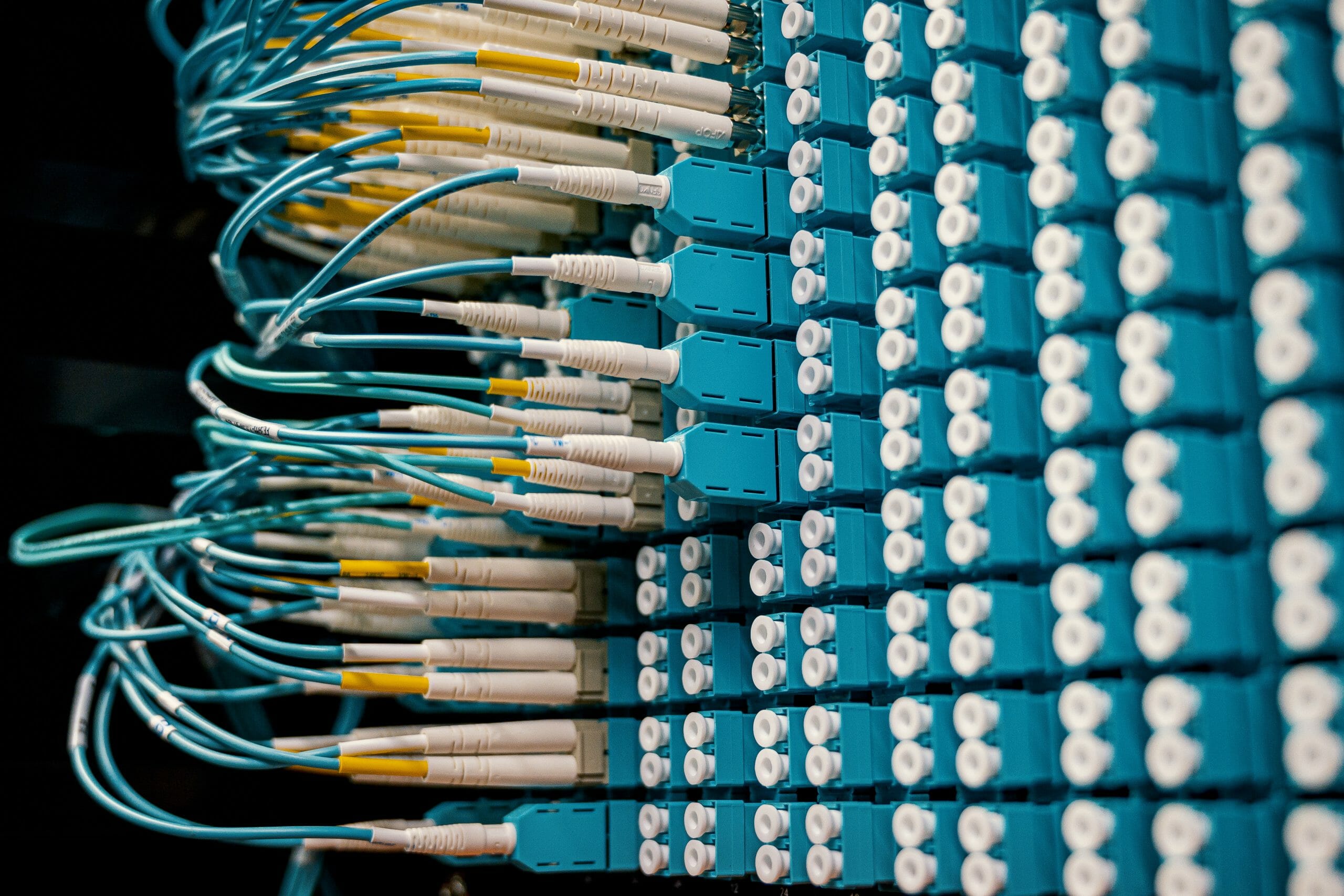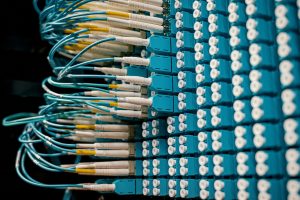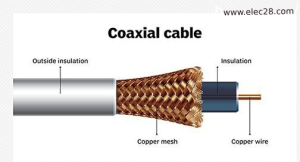
I. Introduction
Coaxial cable is a vital component of many electronic systems due to its consistent ability to send signals across high distances. A type of electrical wire called coaxial cable is necessary for monitoring, broadcasting, networking, and telecommunications. It is essential to comprehend how it is applied since it guarantees maximum effectiveness and performance in a variety of technical domains. It is therefore essential for every computer enthusiast or expert to learn about the nuances of coaxial cable.

II. Basic Structure of Coaxial Cable
A coaxial cable’s central conductor, which is often constructed of copper or aluminum, transmits electrical impulses. Dielectric is frequently used to form the insulating layer that surrounds the core and avoids signal loss. Next, the shield offers defense against electromagnetic interference. Usually composed of braided wire or metallic foil. Lastly, the jacket, an outer layer composed of resilient materials like PVC, protects the cable from environmental elements and physical harm.
III. Understanding the Applications of Coaxial Cable
Cable television signals are delivered to homes and businesses via coaxial cable in the telecommunications industry. With its wide bandwidth and low signal loss, it can transmit high-definition audio and video content. Moreover, coaxial cable is frequently used for internet connectivity. It offers dependable data transfer for broadband services, guaranteeing consumers all over the world fast and consistent internet connections.
Coaxial cable is a typical networking material used for Ethernet connectivity in home and business environments. It makes high-speed data transfer possible within local area networks (LANs), facilitating effective device connectivity and guaranteeing seamless network operations.
Coaxial cable plays a major role in broadcasting as it transmits television signals and radio frequencies. It acts as the foundation for radio frequency transmission, guaranteeing lucid and reliable communication over a variety of channels. A captivating television viewing experience is also guaranteed by coaxial cable, which guarantees that homes and television stations get high-quality audio and visual signals for television transmission.
Coaxial cable is widely utilized in CCTV and security camera monitoring systems. It is perfect for surveillance applications due to its robust design and ability to broadcast video information over long distances. Coaxial cable makes it possible to monitor a location seamlessly, giving companies and homes alike increased security and peace of mind.

IV. Advantages of Coaxial Cable
Over extended distances, coaxial cable consistently transmits data and video content because of its exceptional signal quality and dependability. Its precise construction minimizes signal loss and distortion, resulting in clear and high-fidelity communication across various applications.
Also, because of its sturdy construction and components, coaxial cable has an exceptional lifespan and resilience. It can tolerate harsh environmental elements, including dampness, temperature swings, and physical strain, guaranteeing continuous operation under trying circumstances.
Additionally, electromagnetic interference (EMI) is prevented via coaxial cable, protecting signal integrity from outside electromagnetic fields. It may be used in high-electric noise conditions because of this characteristic, which guarantees uninterrupted and dependable communication.
Furthermore, a multitude of devices and applications may be supported by coaxial cable due to its adaptability and interoperability. Its smooth integration with a range of technologies, such as computers, networking equipment, surveillance systems, and TVs, makes it an adaptable choice for a variety of communication requirements.
V. Conclusion
To sum up, coaxial cable is an essential component of many different businesses. It makes data transfer and communication in broadcasting, networking, telecommunications, and surveillance systems more effective. Its extensive uses highlight how important it is to contemporary infrastructure and technology.
Understanding the complexities of coaxial wire is critical for optimal usage and maintenance. People and institutions may fully employ it by knowing its architecture, functions, and advantages, maximizing efficiency and reliability in the apps that they use.
Thus, it is critical to dedicate time and energy to fully grasping the features and uses of coaxial cable in order to get the best outcomes and guarantee smooth functioning in a variety of technical undertakings.




